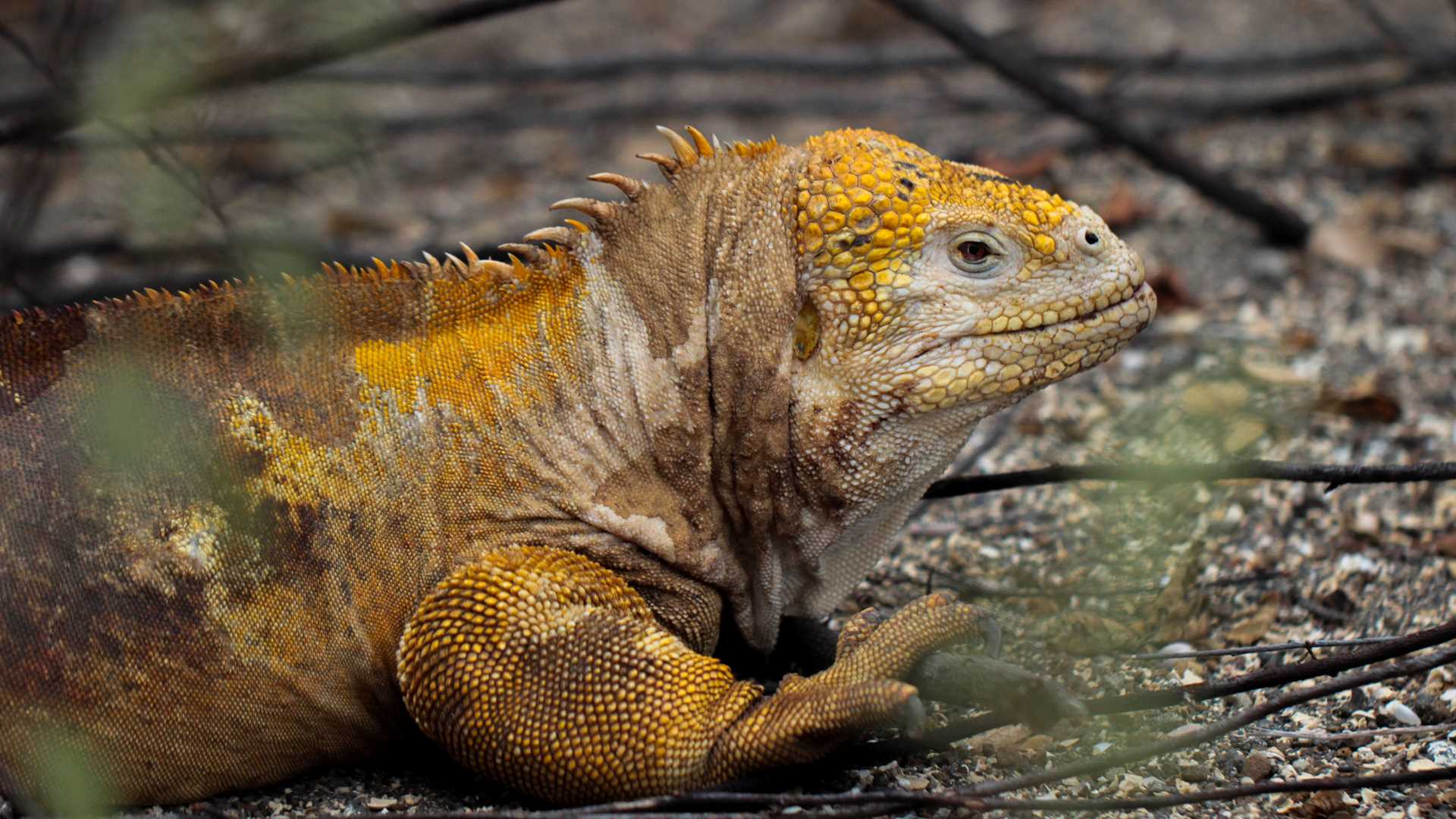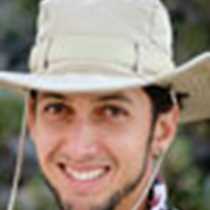Today we visited Isabela, located on the far west side of the archipelago. The moisture in the air is building up as we enter the wet season in the Galapagos. Our first morning hike took place at Urbina Bay, an area that resulted from an uplifting event that revealed a big underwater area. The fertile green forest grows from the remaining organic matter that was once submerged. This contrasts with the gray vegetation that grows up Alcedo Volcano. We found giant tortoises in the middle of the trail. They took advantage of the clear area to get some sun. We also found land iguanas that are now nesting and digging new holes to lay eggs. We ended our morning with a refreshing swim on the black sand beach where we landed.
In the afternoon, we visited Tagus Cove. Penguins and flightless cormorants nest in this amazing rocky bay. We started our exploration with kayaks and snorkeling around the shore. Then we took our fleet of Zodiacs for a ride. Some guests enjoyed a hike. From the top of a rocky hill, they could see the volcanic landscape from up high.







